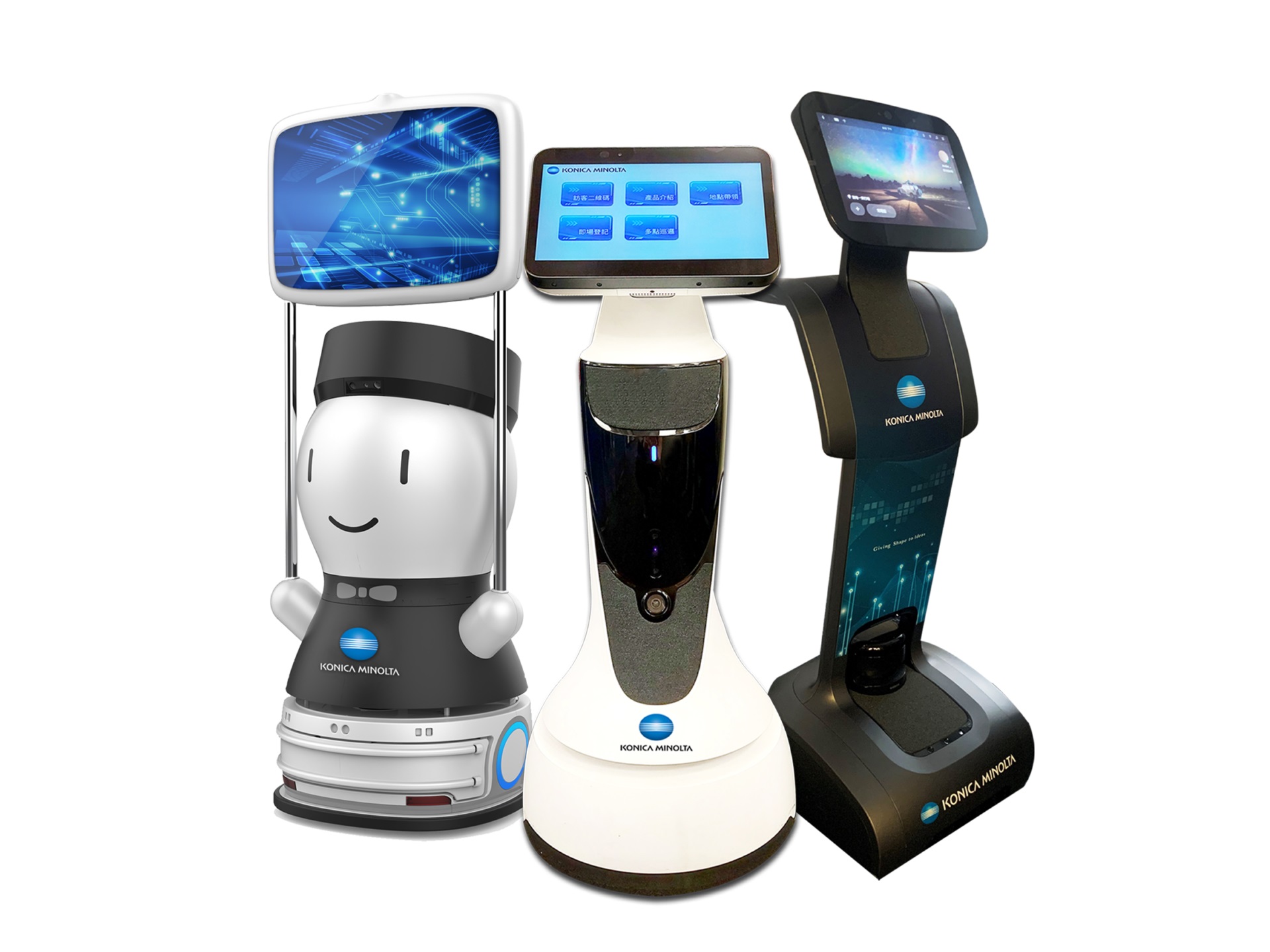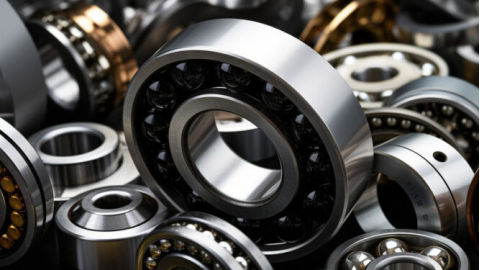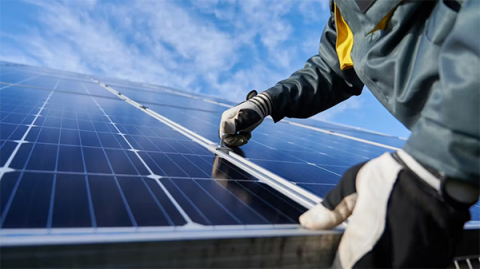Top 10 Service Robotics Factories in China
Service robotics is a fast-growing field. These robots perform useful tasks for people. They work in many places like hotels, hospitals, and homes. China is now a major global player in this market. This growth is driven by strong tech innovation and government support. Here are the top 10 service robotics factories in China.

How We Chose the Top Factories
We used strict criteria to select these leaders. We looked at their investment in new technology and patents. We measured their market share using sales data and number of robots deployed. We also considered the size of their factories and product variety. Finally, we evaluated their reputation and key partnerships.
Overview of Leading Service Robot Manufacturers
This table provides a quick overview of the top factories. It shows their focus and main achievements.
Company Name: UBTECH Robotics Headquarters: Shenzhen Founded: 2012 Specialty: Humanoid & Education Robots Key Innovation: Advanced servo motors and AI interactionCompany Name: Ecovacs Headquarters: Suzhou Founded: 1998 Specialty: Home Cleaning Robots Key Innovation: AIVI 3D obstacle avoidance technology
Company Name: Pudu Technology Headquarters: Shenzhen Founded: 2016 Specialty: Delivery & Hospitality Robots Key Innovation: High-precision tray transfer and SLAM navigation
In-Depth Look: The Market Leaders
Some companies lead the entire market. UBTECH is famous for its Walker humanoid robot. This robot can walk and interact with people. Ecovacs dominates the home sector with its DEEBOT vacuum cleaners. Their robots use smart mapping to clean entire homes efficiently. Pudu Technology is a leader in hospitality. Their BellaBot serves food in restaurants worldwide.
In-Depth Look: Niche Specialists
Other companies lead in specific fields. One company focuses only on medical robots. They make systems that help surgeons perform precise operations. Another company is a leader in logistics. They build Autonomous Mobile Robots (AMRs) that move goods in warehouses. These robots use smart algorithms to find the best paths. Another expert makes educational robots for schools. These robots teach children how to code.
Manufacturing and Supply Chain Power
China's manufacturing strength is a key advantage. These factories have large, automated production lines. They use robots to build other robots. China also has a strong supply chain for electronics. This gives manufacturers easy access to parts like sensors and chips. Many companies practice vertical integration. They produce their own critical components. This control improves quality and reduces costs.
Market Trends and Future Outlook
Several trends are shaping the future. Demand for non-contact solutions is high. The integration of 5G allows for faster robot communication. An aging population increases need for care robots. Government plans like "Made in China 2025" support this industry. Next-generation technologies like embodied AI are emerging. The market is expected to keep growing rapidly.




